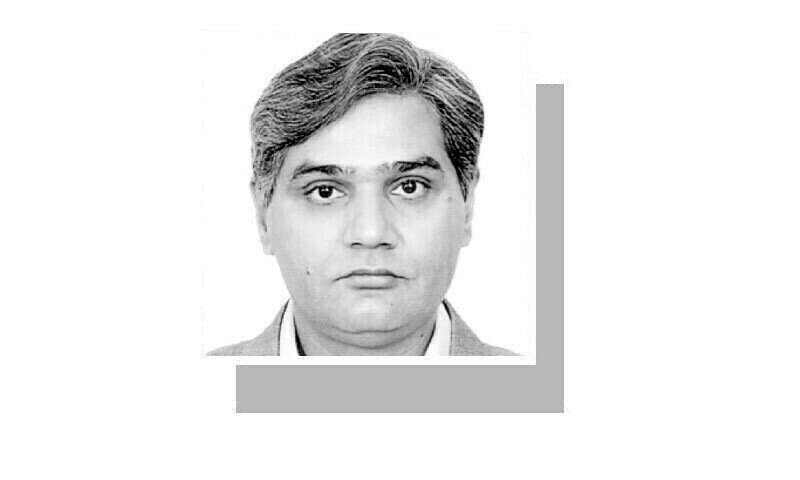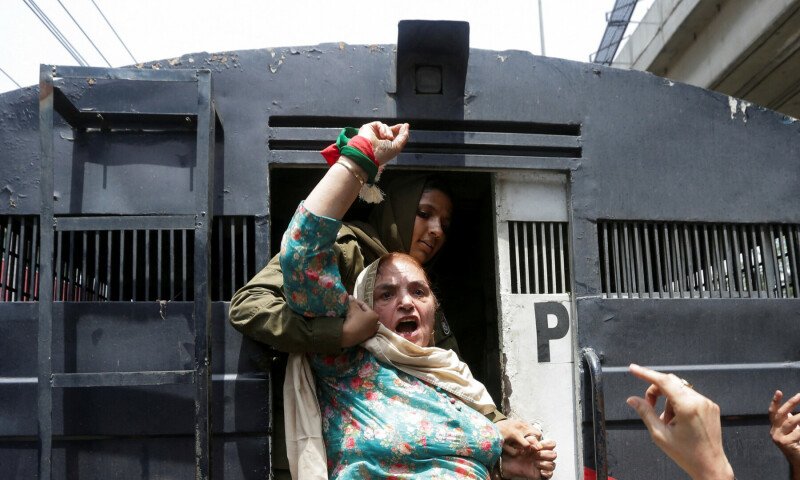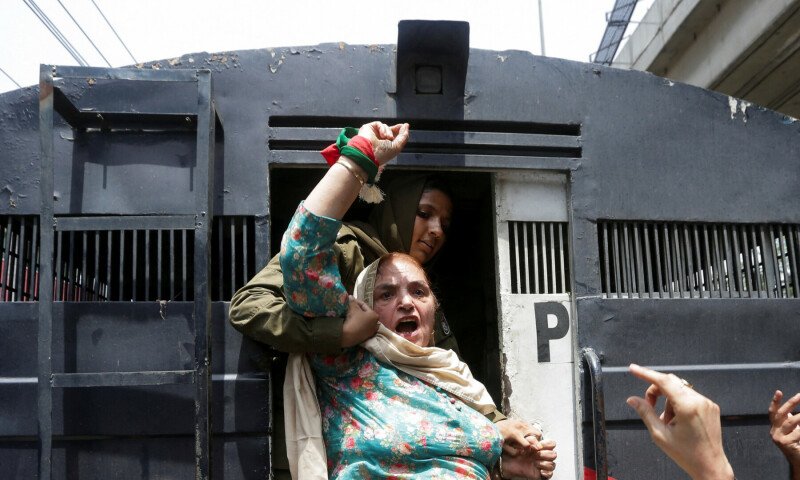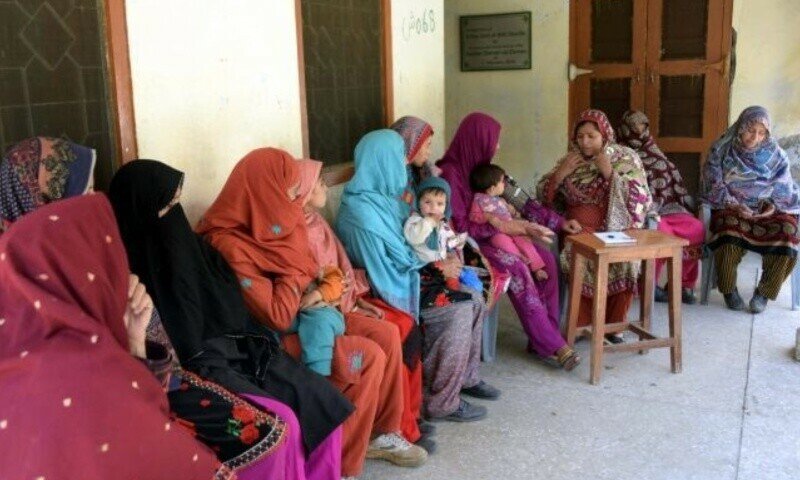“The population is the prize.” Those familiar with counterinsurgency war theories will recognize the context in which David Galula coined this phrase. Galula argued that insurgency is not a military contest but a political struggle, in which both insurgents and counterinsurgentes compete for the support and loyalty of the population.
Recent developments in Bajaur, where citizens protest against military operations and tragic events in Tirah Valley last week, when five protesters were killed after the security forces allegedly opened fire, must be seen through this lens. These incidents suggest an urgent need for the State to reassess their anti -terrorist strategies (CT), which seem more and more separated from the objective of gaining hearts and minds.
In his seminal war of the counterinsurgency war: theory and practice, Galula emphasizes that the military force must be subordinated to political objectives. The force used without legitimacy alienates civilians and reinforces the narrative of the insurgents. It is essential to remember that insurgents do not need to win militarily; They only need to survive, avoid defeat and constantly erode the credibility of the State in the eyes of their people.
The militants in the tribal districts of KP have been challenging the State during the last two decades. Despite the numerous operational successes, security forces remain involved in prolonged conflicts, possibly with little substantive change in their tactics or strategic orientation. The predominant operating approach remains focused on achieving military victories while neglecting the critical objective of winning the loyalty of the population.
This strategic supervision not only deepens the distrust of the local population, but also encourages suspicion towards counterinsurgent forces themselves, serum by the objective of the militants to delegitimize the presence and actions of the State.
A lasting solution to insurgency is not found in an overwhelming military force but in the political strategy.
Occasionally, the security forces summon Jirgas with local tribes and mobilize LASHKARS against militants, as seen recently in Bajaur, where security officials sought to gain the confidence of the tribe members with respect to their CT operations. However, such commitments are rare and rarely integrated into a broader strategy. The dominant pattern remains one of the evacuation areas and displacing local populations or carrying out small -to -end operations that restrict the civil movement, often without a previous warning or no disposition of livelihoods.
Within this framework, the commitment to local communities lacks the consistency, the construction of trust and institutional support necessary for a successful CT strategy. Without a deliberate reorientation towards long -term civil support and political legitimacy, it is unlikely that operational victories will translate in sustainable peace.
The commitment initiative in Bajaur occurred only after the launch of a military offensive against militants, a sequence that undermined its effectiveness. According to the reports, in that operation, three civilians, including a 12 -year -old boy and a girl, were killed, and at least another 12 injured. The commitment should have been the first. The local population should have been taken in confidence before deploying a heavy military contingent and imposing prolonged remains touches.
In addition, the provincial government apparently was not incorporated during this operation, further deepening distrust between the population. The Jirga in Bajaur should have been initiated by the provincial government instead of the security forces to provide greater political legitimacy and reduce the perception of unilateral action.
KP is one of Pakistan’s most critical provinces. He is dealing with severe governance challenges and generalized political discontent. The political perspective of the majority in KP often diverges from that of power centers in Islamabad and Rawalpindi, promoting a sensation of alienation and suspicion. Several districts of the province have become unfoundable due to persistent militancy. In this context, nothing can replace the value of a consensus -based CT strategy, one that is entrenched locally and politically inclusive.
The recent incident in the Khyber District Valley mentioned above, illustrates the urgency of such a approach. In response, a local jirga not only demanded a formal investigation into the murders, but also requested the evacuation of civil homes occupied by security forces within 15 days and the end of the unnecessary harassment of citizens at the control points. These demands reflect deep complaints and highlight the need for a more human, transparent and politically responsible approach to security operations.
Pakistan’s departure from the counterinsurgency approach to the colonial era was molded by a mixture of military repression and division policy, rooted in imperial anxieties on borders, tribal autonomy and anti -colonial resistance.
The regulation of border crimes, based on collective action, was the worst legal framework, which Pakistan left after seven decades. But there is still a mentality that wants to execute the issues of tribal districts within the same framework. If someone is thinking of bringing these laws back and restoring the state of Fata, it would be a serious mistake, which can trigger anger and distrust.
The British co -opted the Maliks and used Jirgas to manage conflict and safe cooperation. The tribal lashkars sometimes mobilized to act in the State name. However, these approaches to the colonial era can be counterproductive today. The previous military operations in the tribal districts have significantly transformed the social structures of the region. The forced displacement of local populations not only traumatized communities, but also exposed many to urban life and alternative social models. As a result, a new middle class in these districts is emerging, one that does not identify with colonial control methods. While some elderly and traditional religious parties, which once benefited from draconian colonial laws, can still support such approaches, no longer represent the broader aspirations of the population.
As done by David Galula and reaffirmed in modern counterinsurgency doctrines, a durable solution to insurgency is not in an overwhelming military force but in the political strategy. The counterinsurgency is 80 percent political and only 20 percent military. It requires serious attention to the underlying complaints that feed the disturbances, corruption, exclusion, inadequate benefit of the service and ethnic or sectarian marginalization.
Military force must be applied with precision and restriction, avoiding damage to civilians, which only deepens alienation. Insurgences are long and complex wars; Tactical victories mean little without strategic consistency and political legitimacy. The most effective strategies are those that are adaptive, based locally and respond to evolving realities in the field. The distilled wisdom of decades of conflict is simple but deep: we cannot leave an insurgency.
The writer is security analyst.
Posted in Dawn, August 3, 2025









